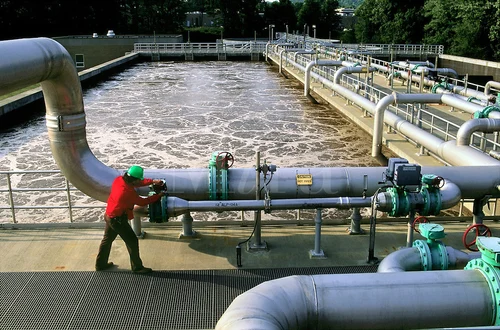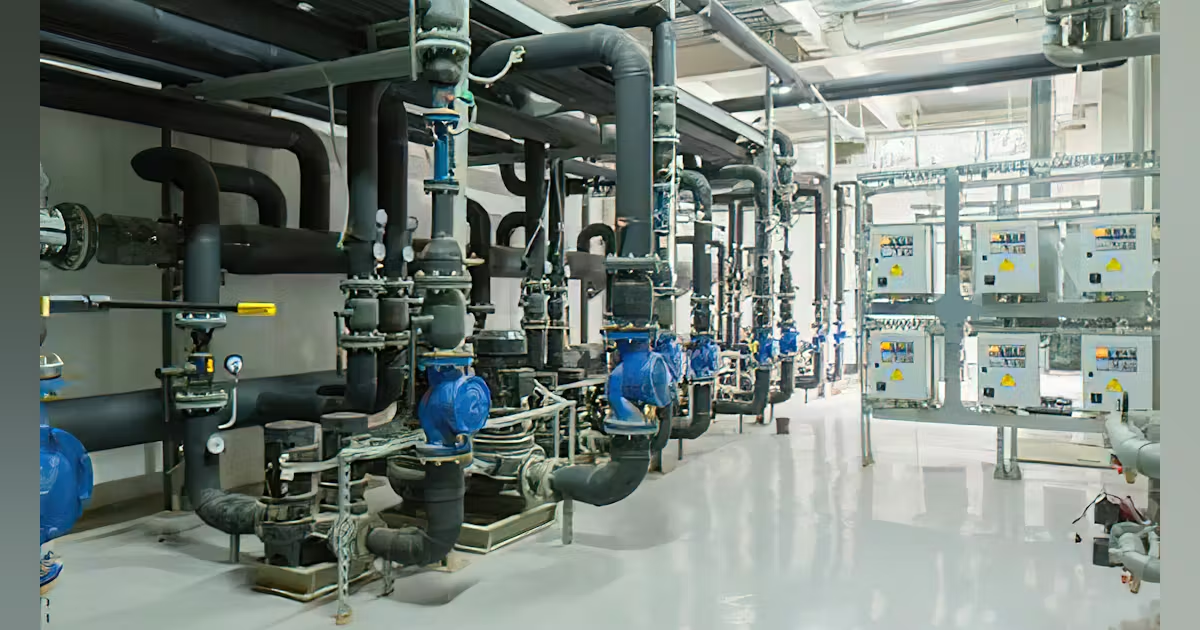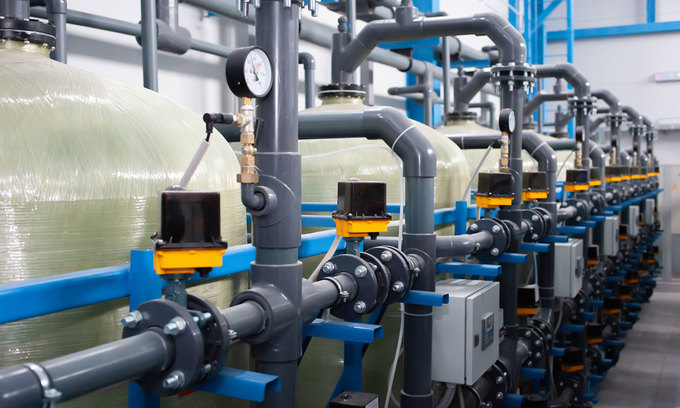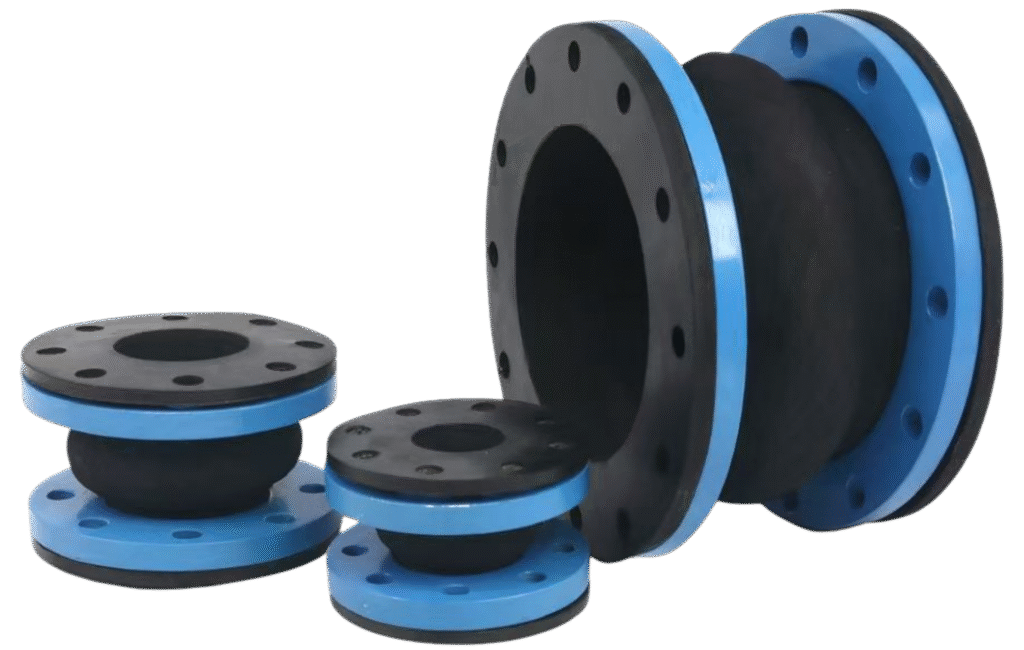Application of Rubber Expansion Joints in Water and Wastewater Treatment
In the fields of water and wastewater treatment, rubber expansion joints play a crucial role in ensuring the smooth operation of pipeline systems. Water and wastewater pipelines often face challenges such as temperature changes, pressure fluctuations, and mechanical vibrations. The flexible nature of rubber expansion joints makes them an ideal solution for these issues. They are primarily used to absorb displacement, reduce stress caused by temperature changes or equipment vibrations, and prevent pipe rupture or equipment damage.
In water treatment facilities, especially in sewage treatment, drinking water processing, and urban water supply systems, rubber expansion joints effectively reduce the vibration, noise, and pipe fatigue caused by water flow. Their corrosion resistance, high-temperature endurance, and chemical compatibility make them particularly suitable for handling various types of water, such as sewage, wastewater, and chemical water treatment systems.
Water and wastewater treatment are critical to environmental protection and public health. In these fields, pipeline systems are responsible for liquid transmission, filtration, and processing, and rubber expansion joints are key components that ensure the smooth functioning of these systems. Rubber expansion joints are widely used in water pumps, filtration systems, sewage treatment, drainage systems, and other pipeline systems. They offer excellent flexibility and corrosion resistance, making them capable of adapting to thermal expansion, vibrations, and pipe displacement.



Introduction to Rubber Expansion Joints in Water and Wastewater Treatment
When selecting rubber expansion joints for water treatment processes, the material used (such as EPDM, NBR, Viton, etc.) is crucial. These materials need to be resistant to the specific conditions within the pipeline, including temperature, chemical exposure, and the characteristics of the water being treated. Rubber expansion joints help reduce pipe stress caused by thermal cycling and mechanical vibrations, extending the life of the pipeline system and ensuring the stability of the water treatment process.
How do rubber expansion joints help control pipeline vibration in water treatment systems?
Water treatment systems, especially during pump operations or valve activation, can generate vibrations in the pipeline. Rubber expansion joints, with their elasticity and flexibility, effectively absorb these vibrations and prevent them from transmitting through the pipeline, reducing damage to the pipe and its connections. This helps reduce pipe fatigue, lowers maintenance frequency, and ensures the long-term stability of the system.
How do rubber expansion joints resist corrosive media in water treatment?
During water and wastewater treatment, pipelines are frequently exposed to corrosive chemicals such as acids, alkalis, and saline solutions. Rubber expansion joints are typically made from materials like EPDM, NBR, or other corrosion-resistant rubber compounds, which provide excellent protection against these harsh chemicals, ensuring long-term durability and reliable performance even in aggressive environments.
How to choose the right rubber expansion joint material based on temperature?
Water and wastewater treatment systems often experience different temperature ranges. To ensure the performance of rubber expansion joints in high or low-temperature environments, materials with excellent temperature resistance must be selected. For example, EPDM material is suitable for high-temperature water treatment systems, while NBR is preferred for systems dealing with cold environments or wastewater containing oils.
How do rubber expansion joints handle pressure fluctuations in water treatment systems?
Pressure fluctuations are common in water treatment systems, especially during pump start-ups, or when water hammer occurs. Rubber expansion joints, due to their elastic properties, can absorb and mitigate pressure changes, reducing pipe stress caused by excessive pressure. This helps prevent damage to the pipeline and ensures stable operation in the system.
Can rubber expansion joints prevent leakage in water pipeline systems?
Rubber expansion joints play a vital role in preventing leakage in water treatment and wastewater systems. They provide a tight seal during thermal expansion or mechanical displacement of the pipeline, preventing leaks. The tight sealing ability of the joints ensures that water or wastewater does not leak, guaranteeing the efficiency of the system.
What is the pressure resistance of rubber expansion joints in water treatment pipes?
The pressure resistance of rubber expansion joints depends on the material and design of the joint. For high-pressure water treatment systems, steel-wire reinforced rubber expansion joints are commonly used as they can withstand higher pressure and temperature fluctuations. It is important to select the appropriate rubber expansion joint based on the maximum working pressure and the system’s requirements to ensure safe operation.


